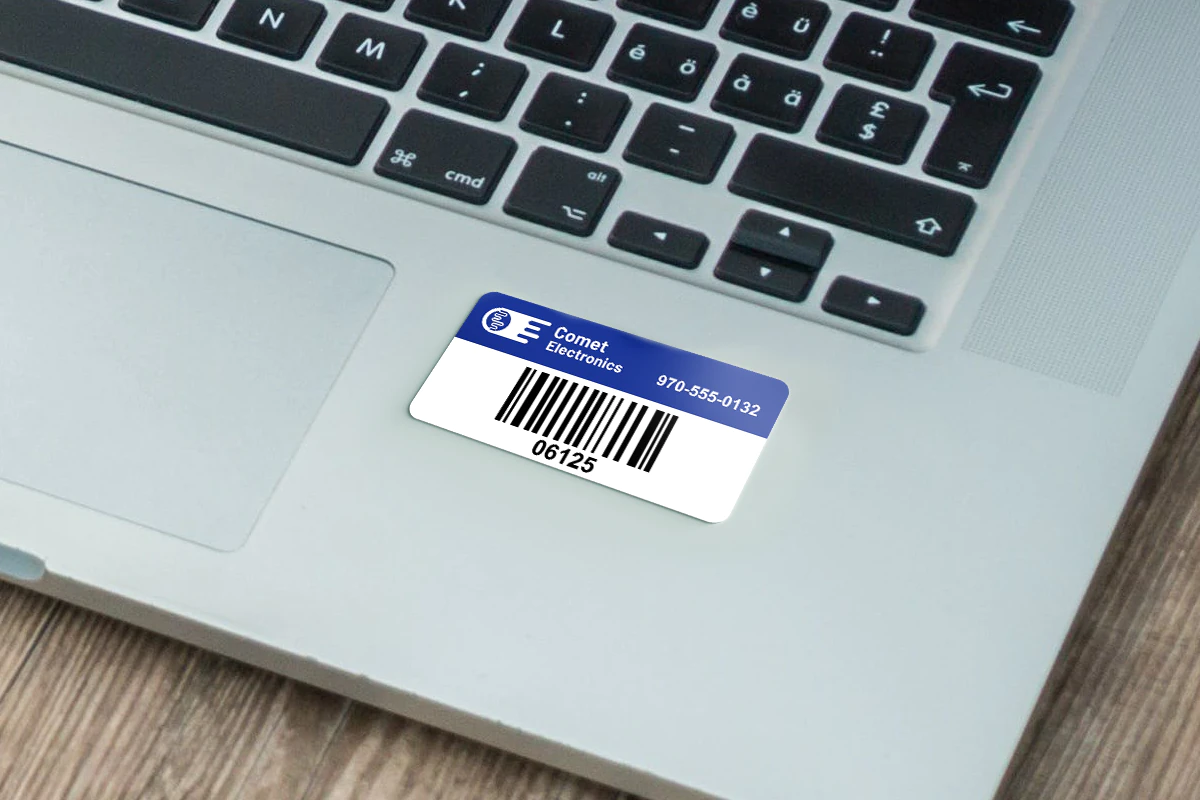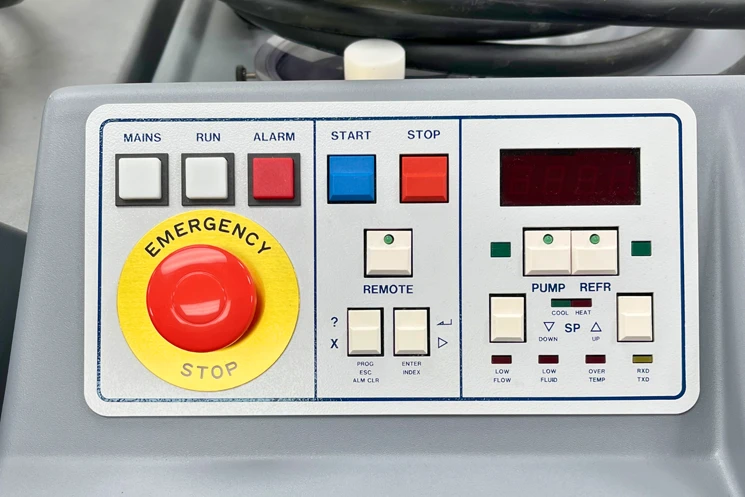Returnable assets—like crates, bins, and containers—are used again and again in supply chains. But when they aren’t tracked? They go missing. That means higher costs, manual headaches, and logistics delays.
With custom asset tags, you get instant visibility into every returnable item’s location, condition, and movement. That means less loss, more control, and huge savings.
🔁 What Is a Returnable Asset?
A returnable asset is a reusable physical item in your supply chain that’s designed to come back for future use. Unlike disposable packaging, returnable assets reduce waste and streamline operations.
Examples include:
- Plastic or wood pallets
- Industrial crates and totes
- Stackable bins
- Reusable shipping containers
- Metal frames or racks for transporting parts
These assets circulate between warehouses, suppliers, and customers—so keeping tabs on them is crucial.
Examples of Returnable Assets
Common examples of returnable assets include:
- Pallets
- Crates
- Bins
- Reusable containers
- Specialized transportation frames

Why You Need Asset Tags for Returnable Assets
Without a reliable way to track returnable assets, you risk:
❌ Loss and theft
❌ Expensive replacements
❌ Manual tracking errors
❌ Supply chain slowdowns
Asset tags fix that. Whether you’re managing 50 containers or 5,000, tags give each asset a unique identity—so it can be tracked, scanned, and managed at every step.
Top 5 Reasons to Use Returnable Assets
1. Reduce Loss and Theft
Returnable assets are valuable, but without a tracking system, they’re easy to lose or steal. When assets go unaccounted for, businesses spend more on replacements and struggle with inventory shortages. Asset tags provide a simple way to track and identify returnable items, reducing the risk of loss and ensuring they get returned on time. Tamper-proof asset tags deter theft and unauthorized transfers.
By using asset tags for returnable asset management, businesses cut losses and keep assets in circulation longer.
2. Improve Inventory Visibility
Manually tracking returnable equipment and reusable assets is time-consuming and prone to errors. With asset tags, businesses gain clear visibility into inventory levels, asset location, and movement history.
- Know exactly where returnable assets are at any time.
- Track usage patterns to optimize asset allocation.
- Reduce manual data entry errors with automated scanning.
3. Speed Up Logistics and Returns
Without proper tracking, returnable assets can sit unused or misplaced, delaying operations. Asset tags help businesses speed up returns and optimize supply chain efficiency.
- Automated tracking speeds up asset check-in/check-out processes.
- Barcode asset tags allow for quick scanning at warehouses and distribution centers.
- Returnable asset tracking prevents bottlenecks in logistics.
With better asset visibility, businesses reduce downtime, ensuring assets are available when needed.
4. Enhance Accountability and Compliance
For industries like manufacturing, healthcare, and logistics, returnable asset tracking isn’t just about efficiency—it’s about compliance and accountability. Asset tags help businesses:
- Ensure proper handling and usage of returnable assets.
- Meet regulatory requirements for tracking and reporting.
- Provide digital records for audits and asset management.
Barcode tracking creates automated logs, making it easier to monitor asset history and ensure assets are returned in the right condition.
5. Save Money on Replacements and Maintenance
Lost or untracked assets lead to unnecessary replacement costs. Using asset tags prevents financial waste by improving asset lifecycle management.
- Track asset depreciation and schedule maintenance before equipment fails.
- Extend asset lifespan by preventing loss and misuse.
- Lower costs associated with misplaced or stolen returnable assets.
By integrating asset tags into returnable asset management, businesses cut expenses and maximize ROI.

Choosing the Right Asset Tags for Returnable Assets
Not all asset tags are created equal. Choosing the right type depends on your industry, tracking needs, and environment.
- Barcode asset tags – Best for cost-effective, manual scanning solutions.
- QR code labels – Great for mobile-friendly tracking with instant access to asset history.
What Makes a Great Returnable Asset Tag?
Look for these features:
- Durability: Withstands moisture, UV, abrasion, and chemicals
- Scan-ability: Clean barcodes, even after rough handling
- Adhesion: Permanent adhesive that sticks to metal, plastic, or wood
- Customization: Unique IDs, QR codes, barcodes, logos
We specialize in Equipment Labels and Asset Tags built for the toughest environments—whether you’re tagging kegs, containers, or custom machinery frames.
Asset Tags for Returnable Assets FAQs
Asset tags provide a unique identifier for each returnable item, allowing businesses to track its location, usage, and movement history. This minimizes loss, improves efficiency, and ensures accountability.
Yes, asset tags can be tailored for specific industry needs, including manufacturing, healthcare, logistics, and retail. Customization includes barcode types, RFID technology, materials, and adhesive strength.
Passive RFID tags require a scanner to activate them, making them cost-effective for inventory management. Active RFID tags have their own power source and continuously transmit data, ideal for real-time tracking of high-value returnable assets.
The lifespan of an asset tag depends on its material, exposure conditions, and usage. Metal and polyester asset tags typically last years, while paper-based labels may wear out faster in harsh environments.
Yes, tamper-proof asset tags are available, featuring destructive adhesives or breakaway materials that prevent unauthorized removal or transfers. These are commonly used in high-security industries to ensure assets remain in their intended locations.
A returnable asset is a reusable container or tool used in supply chains—like pallets or bins—that is returned after use.
They reduce costs, increase operational efficiency, and support sustainability goals.
With asset tags, RFID, or barcode systems that monitor asset movement and condition over time.



